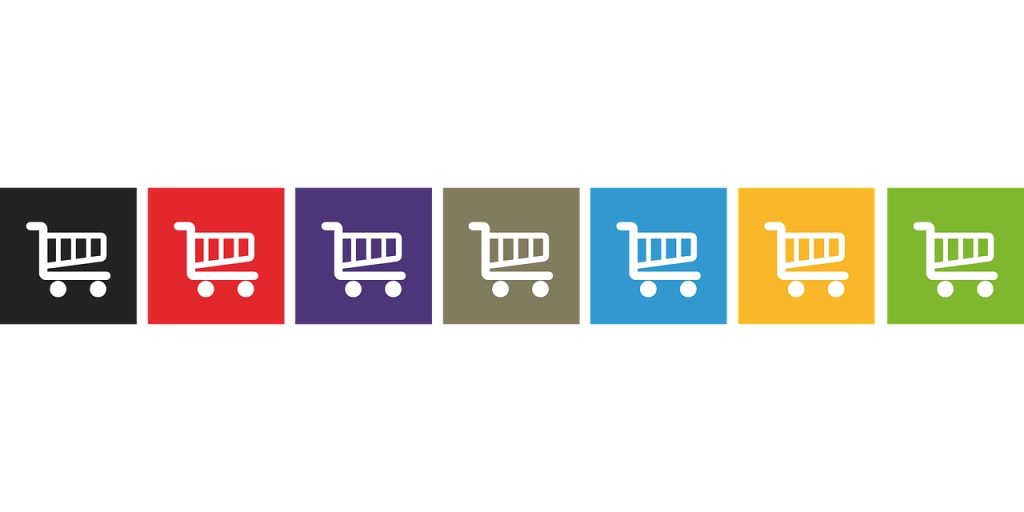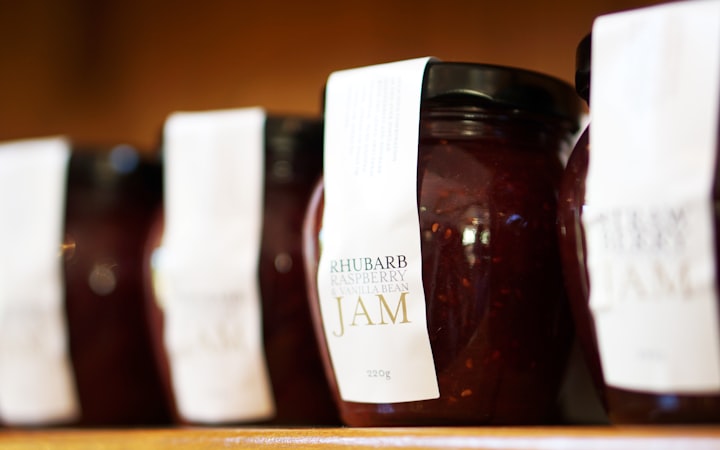Reverse Engineer Retailing
Insights into retail and distributor negotiations

I've always been fascinated with retail. From the merchandising to the warehousing, the POS setup, marketing, sales, promotion and so on. The fun part is purchasing where you get to decide which product or brand goes into your store and when it comes to retail, no one does it better than Wal-Mart. Their shelves and isles are literally real estate space for consumer products.
For manufacturers, the fun yet challenging part is always getting your foot through the door to retailers or distributors. I never knew they actually have a whole language of their own.
Having imported for many years and manufactured home and kitchen products and garments myself, I always thought that it was as easy as manufacturing and then mark it up. Then whoever I'm selling it to would mark it up themselves until the product would reach the consumer. It's not that it's wrong, but it's not exactly how it goes since that model is more of a reseller model whereas, working with distributors and retailers, negotiations are typically done by reverse engineering through negotiating offers and discounts.
What I've learned is that you first want to establish your cost and then your profit margins. Your cost of manufacturing is X, and you want 30% profit margins. Then establish your consumer price, how much do you want your customers to pay for your product? You leave room in-between for your agents, distributors and retailers. Easy enough.
In the retailer/distributor model, there's what you call a MAP which stands for Minimum Advertised Price, and this Apple knows too well. They have a rigid MAP and enforces all of their distributors and retailers to abide by their strict MAP. For the most part, it's not that rigid. Most manufacturer would allow for a 15% buffer where a retailer can discount as they please during Holidays, Black Friday, or other big sales events.
Assuming that the retailer says: "Okay, I'm interested in carrying this product, what are you offering me?"
Time to roll up your sleeves.
The offer price is where negotiations begins and this is normally called, a Jobber's price. A Jobber's price assumes that you've given the retailer X % in discounts for them to work with. The simple math would be, consumer price, MAP and then Jobber price. The retailer accepts and then move to logistics with MOQ (Minimum Ordered Quantity). Yet, with many local and especially, with national retailers, there's more negotiations that comes with the territory.
Roll up your sleeves higher.
Common discounts include marketing where a retailer uses that discount towards marketing dollars. Or, Warehouse discounts where the retailer uses that discount towards having your goods shipped and delivered to all the retailer warehouses and outlets.
For example, let's say you have a product or manufacture a product and you want your consumer to buy it at $100. You start with your MAP at 15%, so your retailer gets $85 right off the bat. From there, you give your retailer a 20% discount, which brings the price down to $68 and this becomes your Jobber price. Let's pretend that the retailer wants 2.5% discounts for marketing and another 2.5% for warehousing, so that's another 5% from the Jobber price which now becomes $64.60.
If the retailer wants additional discounts, this is where I fire back with asking for their volume commitment in one year. Say you have a MOQ of 2000 QTY and the retailer wants further discounts, I would then ask what's their projected volume in one year. If they estimate a good volume and can commit to it, I would be open to offer further discounts.
If you're working with a distributor, then you need to outline the discounts ahead of time using the same reverse engineering process. Start with your consumer price, outline your MAP, then your Jobber, and then break it down into 1, 2 or 3 discount tiers. You might be working a distributor that distributes to another distributor before landing on the retailer, or maybe you want to stick to one distributor for the home run. No matter who or at what level, negotiate based on volume, hence the reason why you want to break down the discount levels into tiers. Each tier would give further discounts based on volume. Just as long as you don't reverse engineer so far that you're back up against the wall and tapping into your profit margins.
Of course, there could be more that goes into structuring a deal with a retailer and many national retailers have a rigid system often referred as vendor gateway such as EDI in place that qualifies vendors/manufacturers. Not to mention cashflow, many retailers' payment terms are on 60 to 90 days, add that with return and defect policies and if your cashflow isn't strong, you will run into overhead trouble, sometimes big time. Many manufacturers in the past have been successful with selling to retailers, but unsuccessful with cashflow. They failed at accounting the 90 day accounts receivables and the rolling orders. Not because there was no demands, but because they couldn't meet the demands with their poor cashflow management.
So before heading into any distribution or work with retailers, calculate everything in advance, be over prepared, especially in funding and production to avoid financial problems and demands down the road.






Comments
There are no comments for this story
Be the first to respond and start the conversation.